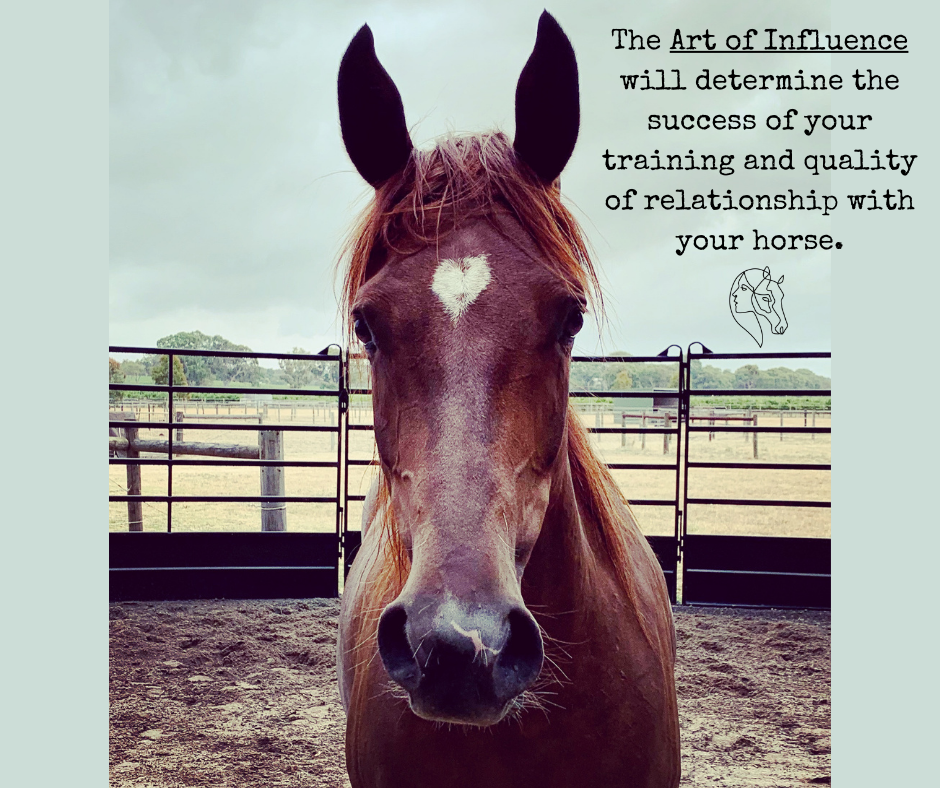the art of influencing a horse
The Art of Influencing a Horse
If you think influencing a horse can be divided into using pressure or reward, you are being naive.
Pressure or reward targets certain behaviors (or discourages others) and helps me create a specific meaning for a horse regarding what I expect them to do when I ask. In doing so, I teach them to respond to certain visual, tactile, or auditory signals they learn to identify and follow.
Therefore, pressure or reward is what I use to establish a form of communication with horses. However, there are many things I can do or decisions I can make that are not related directly to pressure or reward that can impact the horse’s association with this communication, how well they learn it, and how they feel about me and what I expect them to do.
Here is a disgracefully short list of ways I can influence a horse:
- The choice of behavior I target and the ease with which the horse can understand and feel successful.
- The choice of location where I work with the horse.
- The surface I work them on.
- The time of day I select.
- The type of pressure tools or rewards I use.
- The type of evidence I collect and the way I assess how the horse is learning and if it is time to progress.
- When I decide to stop or rest a horse and where I do it.
- The way I decide to feed, keep, and manage the horse.
- How fit, strong, or sound a horse is and if I can identify this.
- How I move, hold my posture, look, focus, and hold my intention.
- My ability to be consistent in my communication and boundaries day in and day out, hour after hour, minute after minute.
- How I feel physically, mentally, and emotionally about what I am doing.
- My sense of competence and confidence.
- My ability to stay present and paying attention to what I am doing.
- Whether I am a comfortable, balanced load for them to carry on their back.
- The moment-to-moment decision of what I decide to take action on or what I decide to ignore.
- How I touch a horse, when I do it, and where.
- The quality and fit of equipment I attach to the horse or make them wear.
Many of these things may fall under the “application” of pressure and reward techniques, but many do not. However, each one of these factors can impact how a horse feels and set you up for success or failure.
You are going to struggle to influence a horse to do anything they cannot figure out, do comfortably in a situation or environment where they feel safe. The only thing they will learn in this situation is a negative association with you, what you are asking them to do, and where.
While I have a toolbox of techniques for training horses, I have an even bigger one full of ways to influence them. I might establish a partnership with a horse using my training tools, but it is my ability to influence them that will determine the quality of that training and the relationship I have with them
